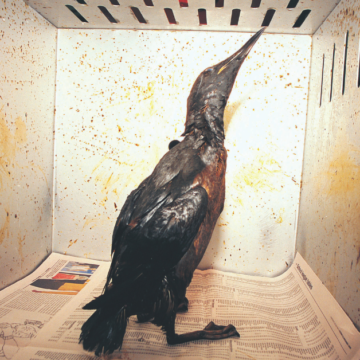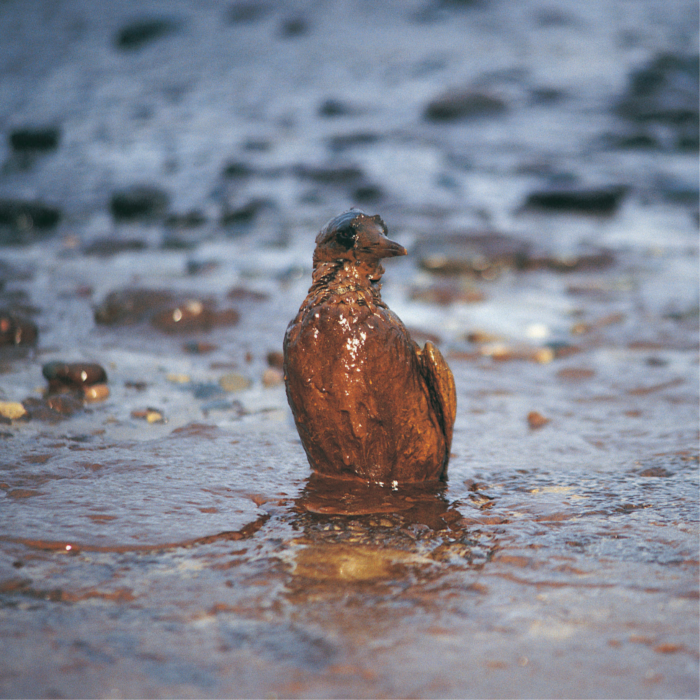What Happened?
October 2nd, 2021 will be remembered as the day where another pipeline off the coast of California ruptured, allowing 126,000 gallons of oil to spill into the ocean putting pristine ecosystems and countless animals in jeopardy. This incident joins the ranks of substantial spills of the past such as when the American Trader, an oil tanker, spilled approximately 416,598 gallons off the coast of Huntington Beach in 1990, and the Refugio Spill in 2015 where 100,000 gallons of oil flowed into the ocean off the coast of Refugio State Beach. The Elly oil rig, a platform that is part of a group of 3 off the coast of Long Beach, has been identified as the source of the pipeline responsible for this disaster. The cause of the rupture is still unknown. The owner of the oil rigs and pipeline -Beta Offshore- has teamed up with the United States Coast Guard to begin the often long and arduous process of cleaning up the mess, in an attempt to restore some fraction of Orange County’s beautiful coastlines.
Why Does it Matter?
With only a few days into this disaster, the oil spill has spanned 13 square miles with shorelines from Long Beach to Newport being the most affected. Dead fish and birds have already been reported washing ashore, an unfortunate occurrence that will likely continue for weeks to come. Sensitive areas such as the Talbert Marsh, known for its importance in supporting almost one hundred species of birds and playing an important role in being a rest spot for migratory birds, have been overwhelmed with crude oil. This marsh, and others like it, have since been closed by the California Department of Fish and Wildlife to mitigate any further damage. Priceless ecosystems and the species that call them home were not the only victims – these popular beaches are now closed to protect the health of the public.
What is Being Done?
The extent of much of the damage caused by the oil spill is unknown and still being assessed by experts, but many measures are being taken to lessen the possible damage. The Pacific Airshow, an extremely popular attraction, had been canceled to allow local officials and the agencies they represent, ample resources to address the crisis. All oil platforms in the region have been shut down, with the damaged pipe being emptied of its oil by suction at both ends – the hole has not been capped at this time. A little over 2,000 feet of protective booms have been deployed in the open ocean, as well as in strategic places such as the opening of the Talbert Marsh to control the spreading of oil on the surface. These actions have been somewhat effective, however some of the oil is penetrating the booms line of defense in areas and continuing to affect surrounding ecosystems. Even with all these measures, the spill will continue to have a negative impact as the breath of the oil slick increases with the wind and tide. This spill is likely to require the attention and care of local, state, and national efforts for years.

How can you Help?
There are ways to make a positive impact in this time of crisis. Sign up to volunteer with the California Department of Fish and Wildlife or make a donation to support the ongoing cleanup and wildlife rescue efforts. Clean ups of this scale require many hands and resources, all contributions can help change the tide of this disaster.
